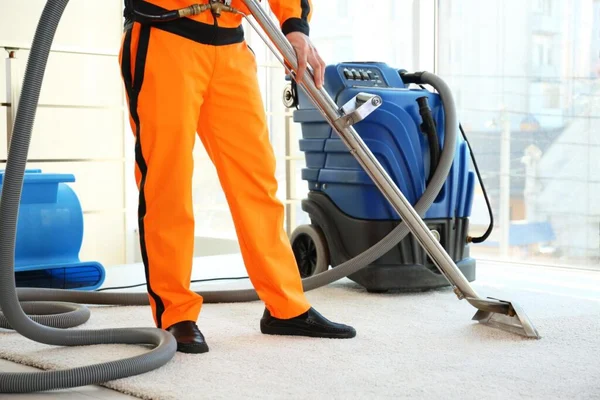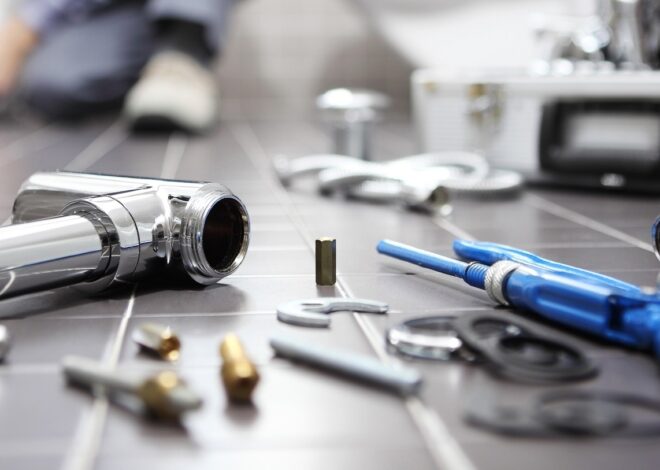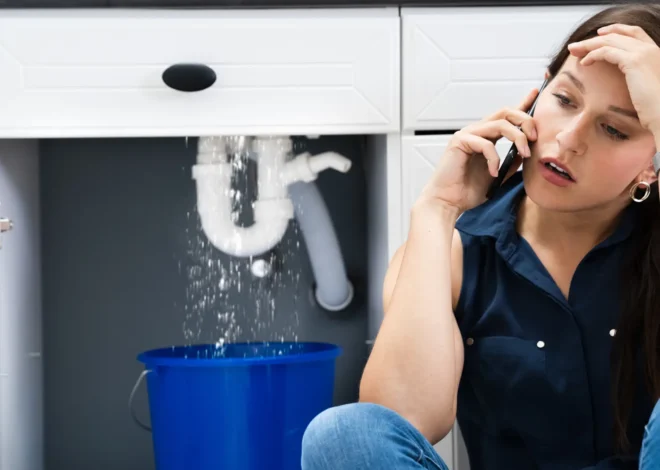
The Environmental Benefits Of Water Damage Restoration
Water damage, often resulting from floods, leaks, or other water-related incidents, can wreak havoc on homes and businesses. The immediate concern is typically the damage to property and belongings. However, there is a significant environmental aspect to consider when addressing water damage. In addition to being essential for maintaining a structure’s structural integrity, water damage restoration is also critical for environmental protection.
1. Preventing Mold Growth
Mold prevention is one of the most important environmental advantages of water damage restoration. Mold grows best in moist areas and spreads quickly if left unchecked. Mold spores have the capacity to contaminate the air, endangering the health of occupants and leading to poor indoor air quality. Additionally, mold can infiltrate the natural environment, affecting outdoor air quality and potentially spreading to other buildings.
Professional water damage restoration involves thorough drying and dehumidification processes that prevent mold growth. By controlling moisture levels, restoration experts can ensure that mold does not have the opportunity to develop and spread, thus protecting both indoor and outdoor environments.
2. Reducing Waste
When water damage occurs, there is often a temptation to discard damaged items and materials. This approach contributes to increased Waste, which can strain landfills and the environment. Water damage restoration focuses on salvaging and restoring as many items as possible, reducing the need for disposal.
Experts in restoration utilize cutting-edge methods and tools to thoroughly clean, dehydrate, and fix broken goods. This reduces the environmental effect of producing and shipping new materials while also protecting precious resources. By reducing Waste, water damage restoration promotes a more sustainable and eco-friendly approach to managing water-related disasters.
3. Conserving Water Resources
Water is a precious resource, and its conservation is vital for environmental sustainability. Water damage restoration plays a role in conserving water resources by addressing leaks and preventing further water wastage. When water damage is left unaddressed, leaks can persist, leading to continuous water loss and contributing to the depletion of local water supplies.
By promptly repairing leaks and restoring damaged areas, water damage restoration professionals help conserve water resources. This proactive strategy promotes overall environmental well-being by reducing water waste and guaranteeing communities have access to clean, dependable water sources.
4. Protecting Natural Habitats
Water damage can have far-reaching effects on natural habitats. Floodwaters and leaks can introduce contaminants into soil and water bodies, disrupting ecosystems and harming wildlife. Additionally, unchecked water damage can lead to soil erosion, further degrading natural habitats.
Water damage restoration involves the removal of contaminated water and the implementation of measures to prevent further contamination. By addressing water damage promptly and effectively, restoration professionals help protect natural habitats and maintain the balance of local ecosystems. This is particularly important in areas prone to flooding, where swift action can prevent long-term environmental damage.
5. Improving Energy Efficiency
Water damage often affects the structural integrity and insulation of buildings, leading to increased energy consumption for heating and cooling. Damaged insulation and structural components can result in energy inefficiencies, requiring more energy to maintain comfortable indoor temperatures.
Water damage restoration includes repairing and restoring insulation and structural elements, which can significantly improve a building’s energy efficiency. Restoration projects contribute to reducing energy use and greenhouse gas emissions by making sure that buildings are structurally strong and well-insulated. This enhances the built environment’s sustainability and environmental friendliness.
6. Promoting Sustainable Practices
The field of water damage restoration has increasingly embraced sustainable practices and technologies. Nowadays, eco-friendly cleaning supplies and techniques are being used by restoration companies instead of harsh chemicals. Additionally, advancements in drying and dehumidification technology have made it possible to restore water-damaged areas more efficiently and with less environmental impact.
By promoting and adopting sustainable practices, the water damage restoration industry sets an example for other sectors. These initiatives encourage people and businesses to think about the environmental impact of their actions and contribute to a larger cultural movement towards sustainability and environmental responsibility.
Conclusion
Water damage restoration is a crucial process that extends beyond merely repairing property. It contributes significantly to environmental protection by inhibiting the formation of mold, cutting down on Waste, saving water, preserving natural habitats, increasing energy efficiency, and encouraging sustainable activities. Restoration of water damage becomes even more important as climate change increases the frequency and intensity of water-related events. Homeowners, companies, and restoration specialists may help create a more resilient and sustainable future by acknowledging and emphasizing the environmental advantages of water damage restoration. A healthier and more sustainable world for future generations can be created by ensuring that water damage is dealt with quickly and efficiently, protecting the environment in addition to any property.



